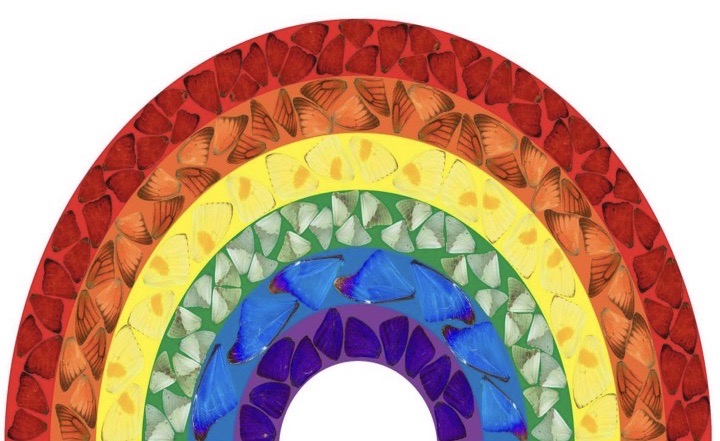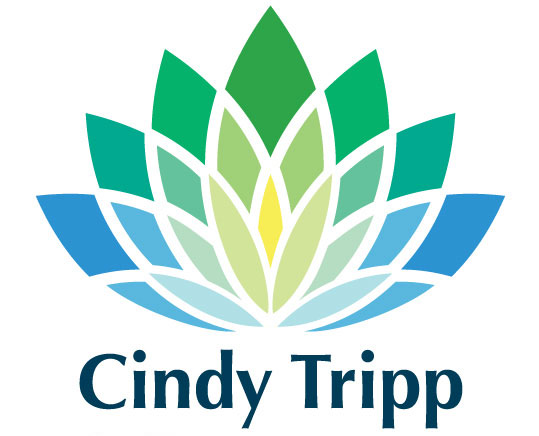The world is opening back up but uncertainty prevails. It is lingering, like a powerful undercurrent. Research by McKinsey indicates uncertainty is at a 35 year high and describes uncertainty as ‘toxic’ to the economy. Not surprising really. The World Health Organization has said we should expect to have to learn ‘to live with’ the virus for the foreseeable future. In France, it is estimated that only 5% of the population have been actually exposed to the virus. In a country where so many have tragically lost their lives and their incomes impacted, uncertainty is very real and is impacting how we spend. When we fear for the health of our family and friends, we fear spending.
The reality is when we have uncertainty in our lives we cut back; and for some things, clearly it’s significant. For many brands this is a stark reminder of what happens when you are not physically available in consumers daily lives. The question is as lockdowns ease and the option of physical availability returns, will we return to spending where we did before or will uncertainty govern? The risk to physical retail is very, very real. Unless brands can transform and offer new consumer experiences that protect and delight, digital will win outright. Consumer patience for the early prototypes is waning.
So how can brands help restore certainty? With trust. Trust has always been and will always be a differentiator. Trust comes from brands that delight us and continue to delight us over time by being able to adapt relative to the context. This is achieved by excelling at the both the functional and emotional job to be done. For example, Amazon has to deliver the right goods at the right time at a price I consider good value, but must also give me confidence my personal data will be treated responsibly and ethically, especially at a time when we are often ‘nudged’ (thanks to almighty algorithm) to consider recommended items. When a brand builds trust, it builds loyalty, advocacy and movements.
We are in an environment that demands immediate action and a clear plan for the future. Bart Brecht, former CEO of Reckitt Benkiser, would often say Business Leaders need to be able to play 3 chess boards simultaneously (representing the challenges of short, mid and long term business strategy). Or said simply, leaders need to ‘walk and chew gum’. And that is the point (although I accept that’s only doing 2 things, but I digress). Leaders need to face all 3. The point is they are not mutually exclusive.
McKinsey describes the 3 chess boards as ‘horizons’:
- Navigate Now
- Plan for Recovery
- Lead in the Next Normal
In our first two blogs on Designing for Social Anxiety, we explored horizons 1 and 2. In this, we will focus on the third, Leading in the Next Normal. Leaders must now embrace the challenge of designing new consumer experiences that build competitive advantage by protecting me (physical job to be done) and reassuring me (emotional job to be done). This is hard, and harder for a service where I cannot see what has been done to help protect me: how has my hotel room been cleaned? And how is this different from before? What is the efficacy of the air filtration system in airplanes? What are the cleaning procedures (by flight please so I can make choices accordingly). What are the standards in place for food preparation? This requires transparent communication and for some brand owners new partnerships that deliver an efficacy ‘reason to believe’. Clorox, for example, has announced partnerships with both United Air and Uber to help elevate standards of cleanliness.
‘Leading in the next normal’ requires a different approach as solutions need to be integrated into the consumer experience, from browsing, purchase and first-use. Consumers recognize the necessity of today’s improvised prototyping, but many solutions place the emphasis on me as a consumer to conform. In the next normal protection will be a shared responsibility between individual and provider.
In our first article (Design or Social Anxiety: Why Empathy will be a Critical Business Skill) we shared the trust model described by Rachel Botsman (TED talk on why we have started trusting strangers) and how it has evolved from Accountable (direct lending within small communities), Institutional (when corporates stepped in) to an era of ‘Distributed’ trust (enabled by digital resulting in trust being social). Examples of ‘distributed’ include local farm food delivery, Airbnb and Uber. Local farm produce is becoming ever more popular as the narrative provides us with reassurance of individual accountability even though many of us have never visited the farms or met the farmer. Local trust is becoming the new norm driven by our newly found inter-dependency with our local community.
Airbnb and Uber both depend heavily upon trust models. Joe Gebbia, AirBnB co-founder, in his TED talk highlights the power of a well-designed reputation system (including guest-host feedback) to overcoming personal biases. In a recent Today Show, Brian Chesky, CEO Airbnb, talks about how ‘travel will become more intimate and more local’ due to the pandemic. Airbnb have compiled an ‘Enhanced Cleaning Protocol’ which includes 24 hours between guests and a ‘high touch’ checklist. Airbnb is clearly seeking to maintain and build trust in a way that is relevant for the new reality.
Building a ‘trust bridge’ to lead in the next normal
Whilst your local farmer, Airbnb and Uber use different mechanics to build trust they have all been successful in building a ‘trust bridge’. Building a ‘trust bridge’ is hard. It requires leadership grounded in empathy propelled by purpose. Executed well, ‘trust bridge’ can be a source of competitive advantage in a perhaps shrunken market, growing ones, or open up new market opportunities.
It’s obvious that consumers will continue to be dependent upon and demand more digital and low touch activities. However, consumers are also seeking human connection to enable trust and accountability. Accountability of institutions will be dependent upon their ability to provide safe environments for all stakeholders, for employees, suppliers and end users. Brands will need to do the hard work of making their safety efforts more transparent, innovate on germ mitigation and develop signals to reinforce their safety. In summary, a trust bridge is dependent upon addressing both the physical and emotional jobs to be done. Let’s look at the Hospitality Industry as an example:
| Example | Hospitality: Building the Trust Bridge | |
| Consumer Journey | Functional Job to be Done | Emotional Job to be Done |
| Browsing |
|
|
| Point of welcome |
|
|
| First-Use |
|
|
| In-Use |
|
|
Conclusion
We are entering a daunting, yet exciting, period of change driven by what’s needed for brands to win in the post-pandemic world. We are shifting from an era of physical-contact abundance to physical-contact limitation. All aspects of our lives will be touched: from how we socialize, to play sport, how we learn, travel and purchase. Many Brand providers will be forced to accelerate the adoption of new technologies to offer no-touch and virtual services in a context that requires more, not less, human connection.
We started these blogs talking about the importance of empathy and how it will become a critical business skill to help you continuously innovate for the needs of employees, customers and suppliers. In our second article we talked about the shift already underway by some to embrace the new conditions by building stronger more integrated consumer experiences that instill trust, build equity and protect (some) revenue. In this article we have gone deeper unpacking the challenge for brands to build a ‘trust bridge’ with stakeholders by addressing both the functional and emotional jobs to be done.
As a Leader help your teams shift focus to reinventing and not returning. This is a one way ticket. Your challenge is to create new consumer experiences that provide safety, build reassurance and competitive advantage. That’s not easy.
We genuinely believe this is a unique moment for Leaders to embrace Human Centered Innovation (HCI) as a capability to help reinvent customer service experiences. We know from our professional experience that the journey of building a HCI culture can be daunting. So consider these 5 factors to get you going;
- Leadership commitment: C-suite sponsorship, make HCI a declared business strategy and use KPIs to measure performance.
- Engage Multi-functional expertise: empower ‘agile’ cross-functional teams to harness creative diversity from across the organization to co-create solutions.
- Embrace Fast cycle learning: embrace low-resolution prototyping to learn fast and iterate. Consciously learn on a breadth of solutions from incremental to disruptive ideas.
- Build integrated experiences: watch out for solution siloes driven by the organization structure (for example dedicated product/ service/ digital teams). It is critical to envision future experiences that integrate seamlessly.
- Get help. If need be, engage external expertise that can help deliver results on one or two priority projects to build momentum. Use these projects as an opportunity to forge internal teams that become responsible for seeding new ways of working in the organization.
The most important thing is to get going and that requires humility. A willingness to be open to listening, asking and learning. HCI is not an analytical process, It’s a creative one that is and will be messy at times. But don’t worry, done well it will yield great results that will help guide you forward.
Thank-you for reading. We hope these articles have been useful. We appreciate your thoughts and feedback and please do not hesitate to reach out if you want to learn more.
Stay safe!
Duncan Paul & Cindy Tripp
Take Action
- Take a quick look at the Airbnb CEO interview on Today
- Read this article from McKinsey on the business value of design
- Check out Cindy’s blog on the new skills of 21st Century leaders, relevant for leading today’s Next Normal


